Roberto Cuoghi
03 Dec 2022 - 29 May 2023
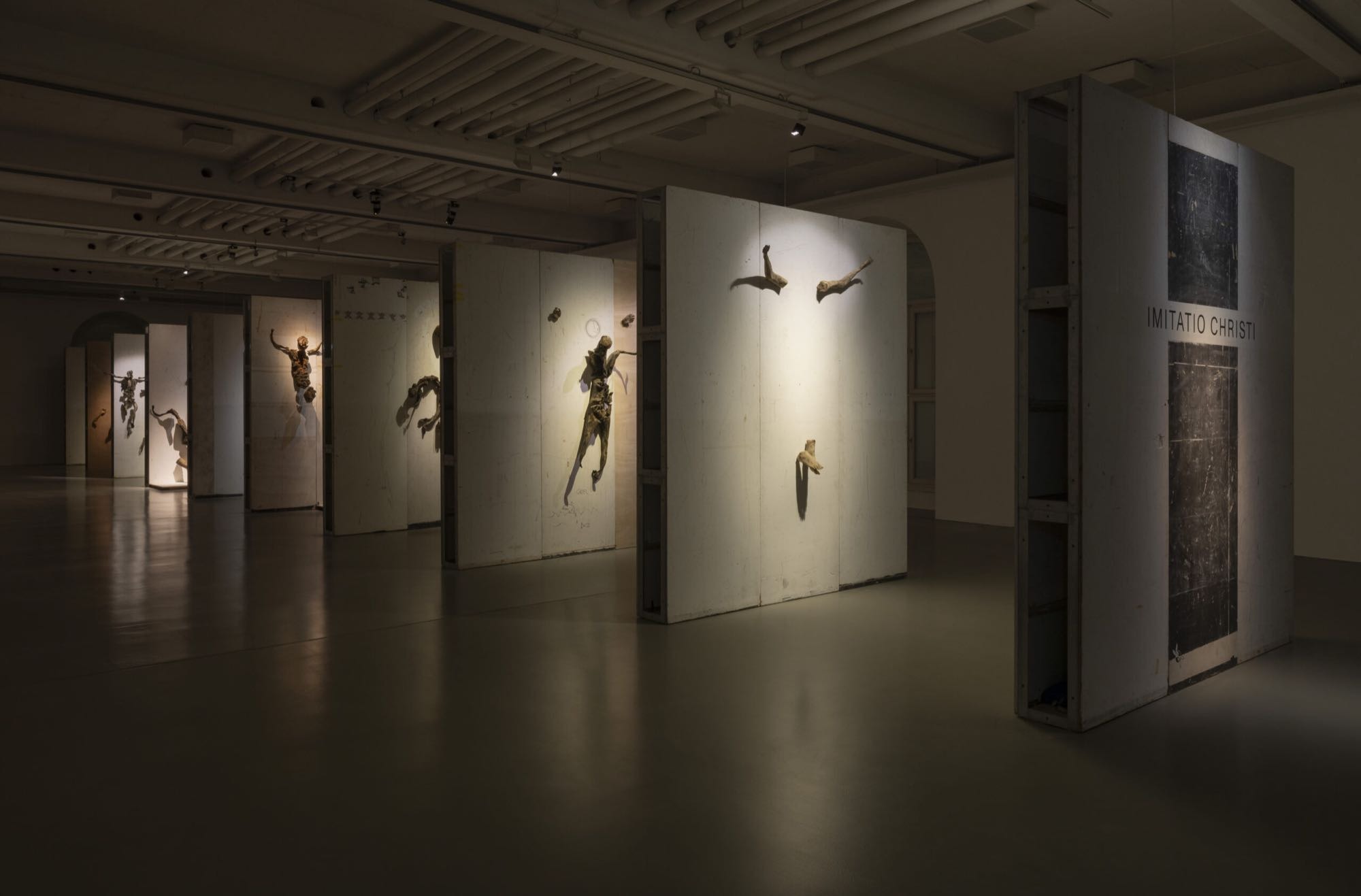
Roberto Cuoghi: Imitatio Christi, 2017, (Installationsansicht / Installation view Fridericianum), Privatsammlung / Private collection, © Roberto Cuoghi, Museum Fridericianum gGmbH, Photo: Andrea Rossetti

Roberto Cuoghi: Imitatio Christi, 2017, (Installationsansicht / Installation view Fridericianum), Privatsammlung / Private collection, © Roberto Cuoghi, Museum Fridericianum gGmbH, Photo: Andrea Rossetti

Roberto Cuoghi: Imitatio Christi, 2017, (Installationsansicht / Installation view Fridericianum), Privatsammlung / Private collection, © Roberto Cuoghi, Museum Fridericianum gGmbH, Photo: Andrea Rossetti
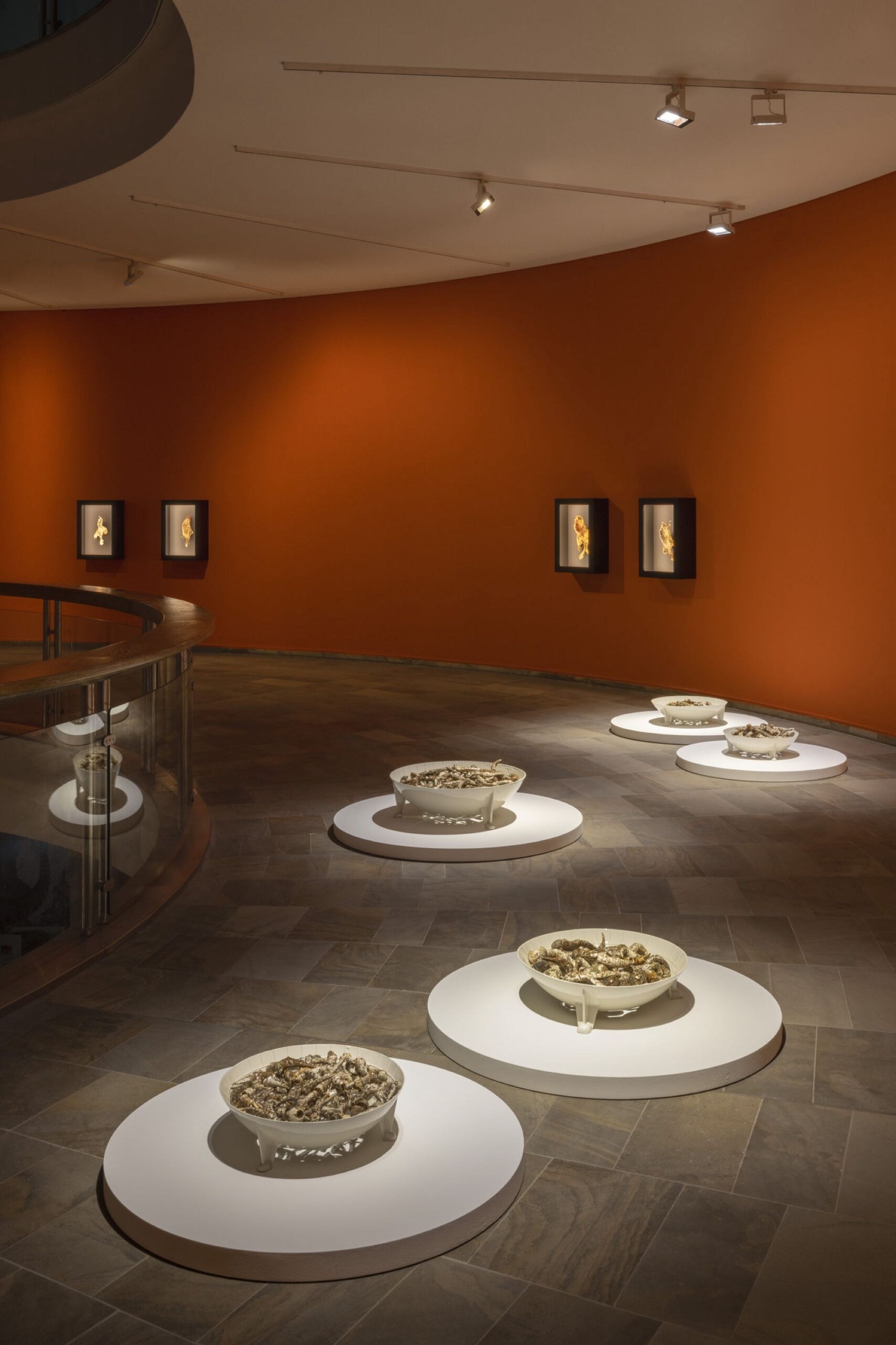
Roberto Cuoghi (Installationsansicht / Installation view Fridericianum, Kassel), Leihgabe / Loan Hauser & Wirth © Roberto Cuoghi, documenta und Museum Fridericianum gGmbH, Photo: Andrea Rossetti
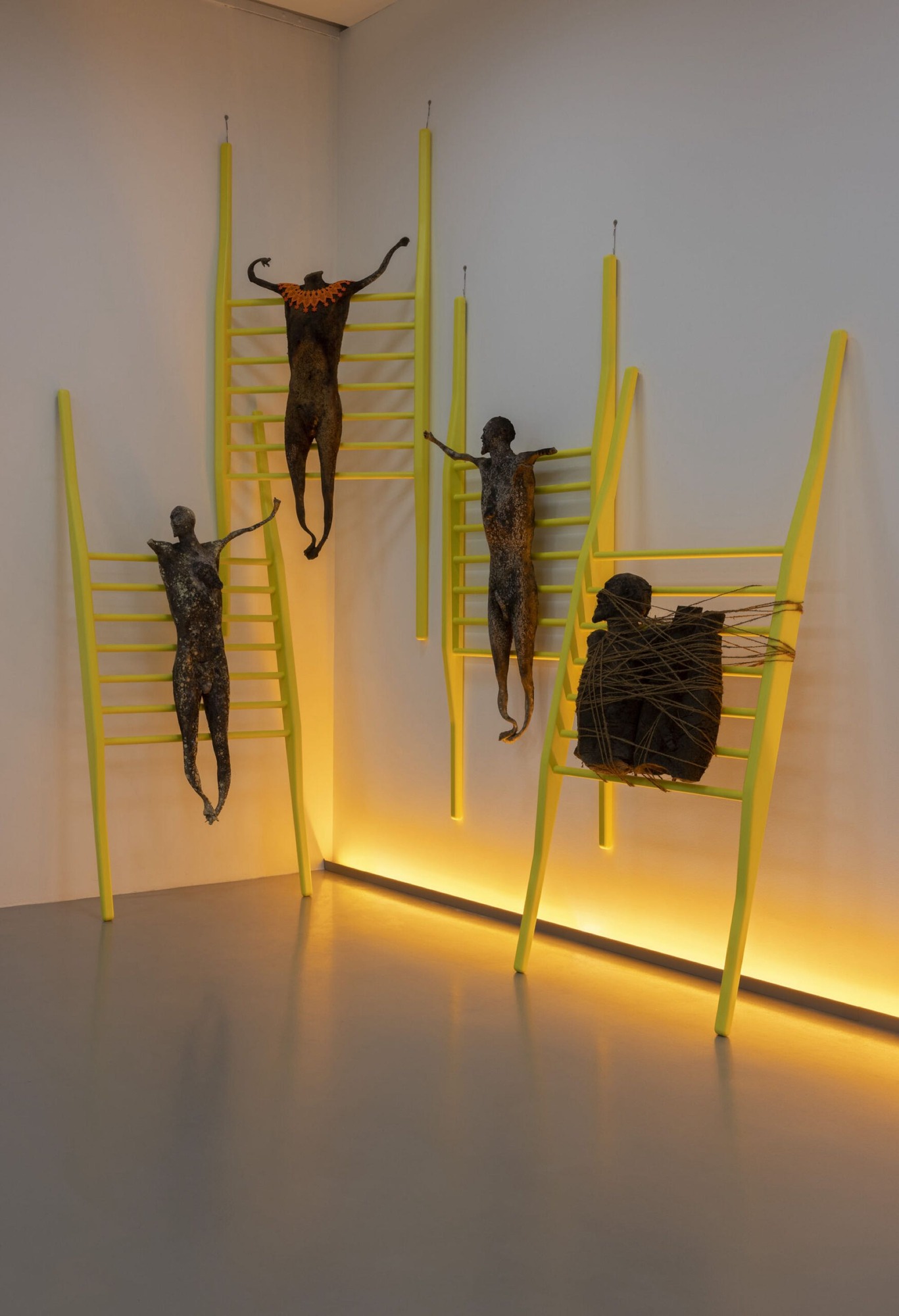
Roberto Cuoghi in Zusammenarbeit mit matali crasset / Roberto Cuoghi in collaboration with matali crasset (Installationsansicht / Installation view Fridericianum, Kassel) © Roberto Cuoghi, documenta und Museum Fridericianum gGmbH, Photo: Andrea Rossetti
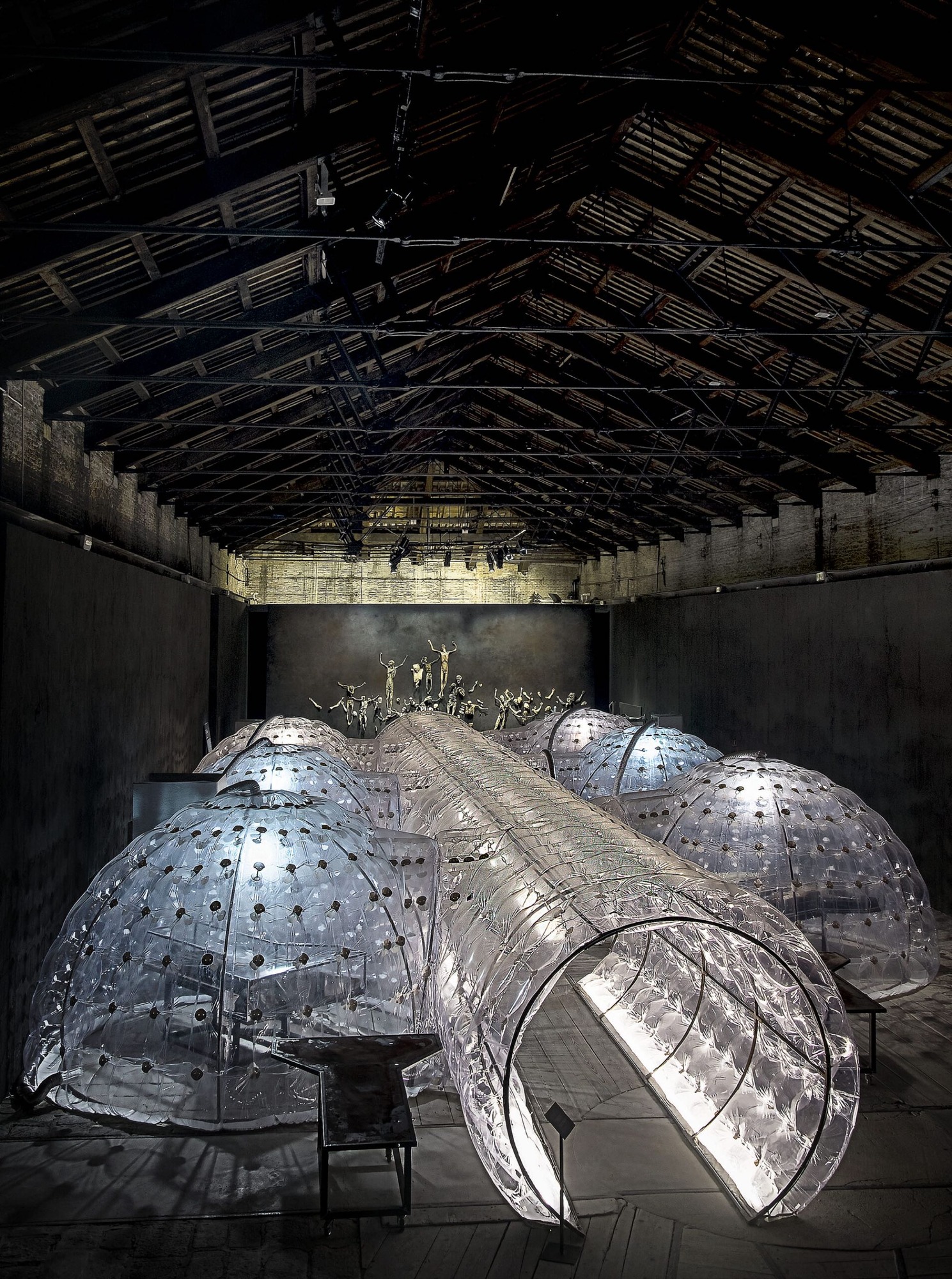
Roberto Cuoghi: Imitatio Christi, 2017 Installationsansicht / Installation view La Biennale di Venezia. Privatsammlung / Private collection © Roberto Cuoghi, Foto / Photo: Alessandra Sofia Courtesy the artist, Hauser & Wirth and Galerie Chantal Crousel
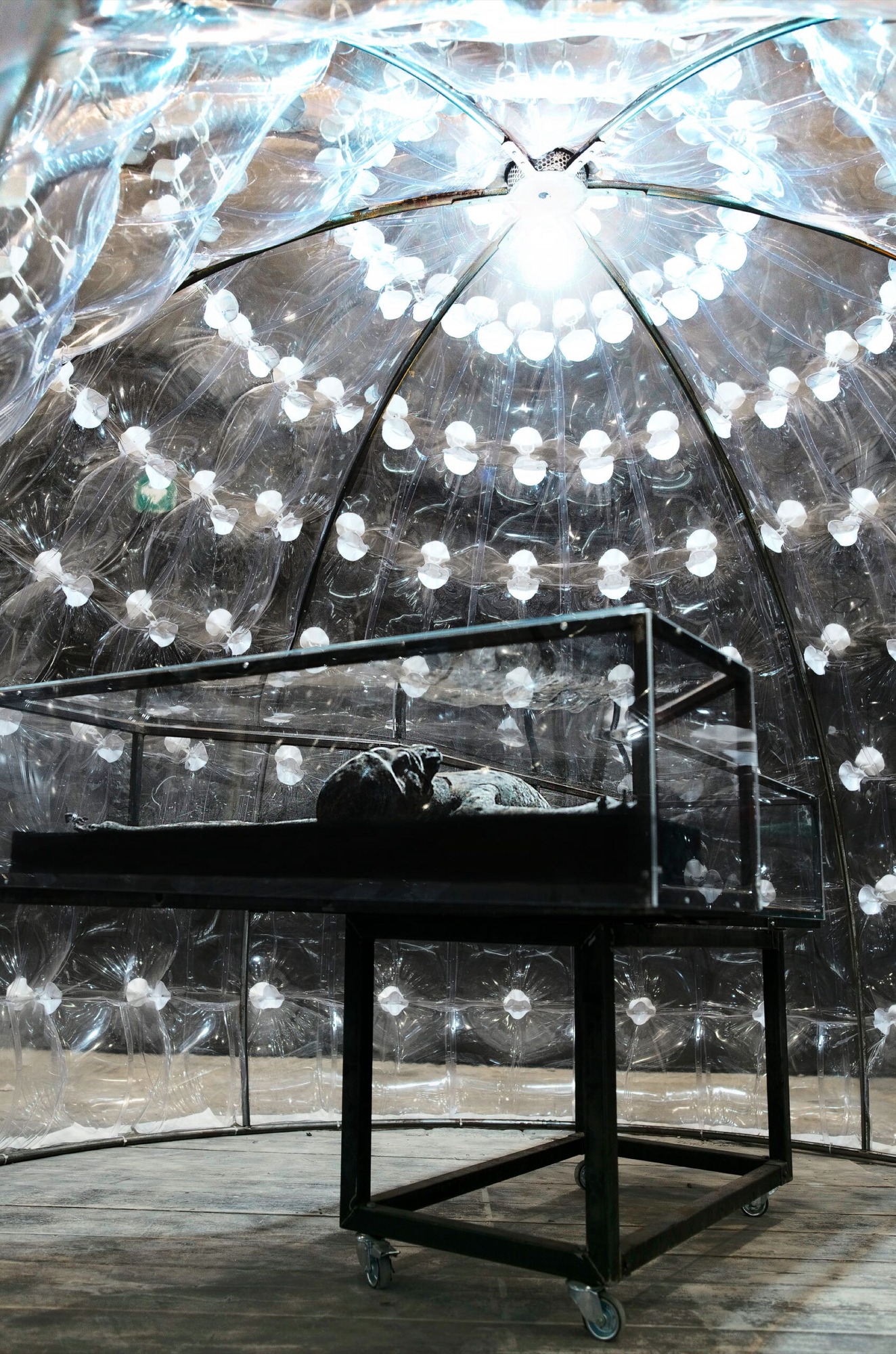
Roberto Cuoghi: Imitatio Christi, 2017 Installationsansicht / Installation view La Biennale di Venezia. Privatsammlung / Private collection © Roberto Cuoghi, Foto / Photo: Alessandra Sofia Courtesy the artist, Hauser & Wirth and Galerie Chantal Crousel

Roberto Cuoghi: Imitatio Christi, 2017, (Installationsansicht / Installation view Fridericianum), Privatsammlung / Private collection, © Roberto Cuoghi, Museum Fridericianum gGmbH, Photo: Andrea Rossetti
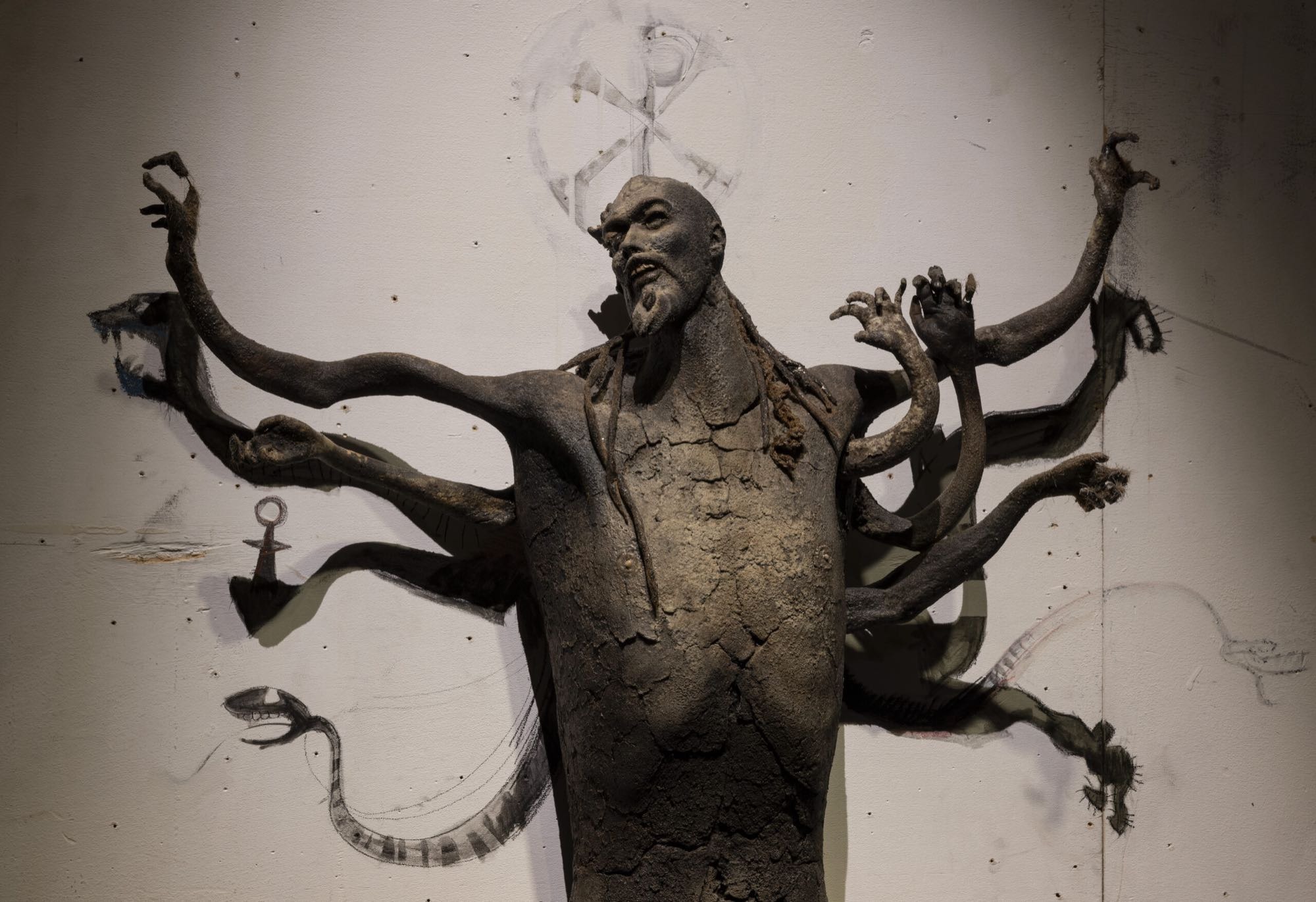
Roberto Cuoghi: Imitatio Christi, 2017, (Installationsansicht / Installation view Fridericianum), Leihgabe/ Loan Galerie Chantal Crousel, © Roberto Cuoghi, Museum Fridericianum gGmbH, Photo: An
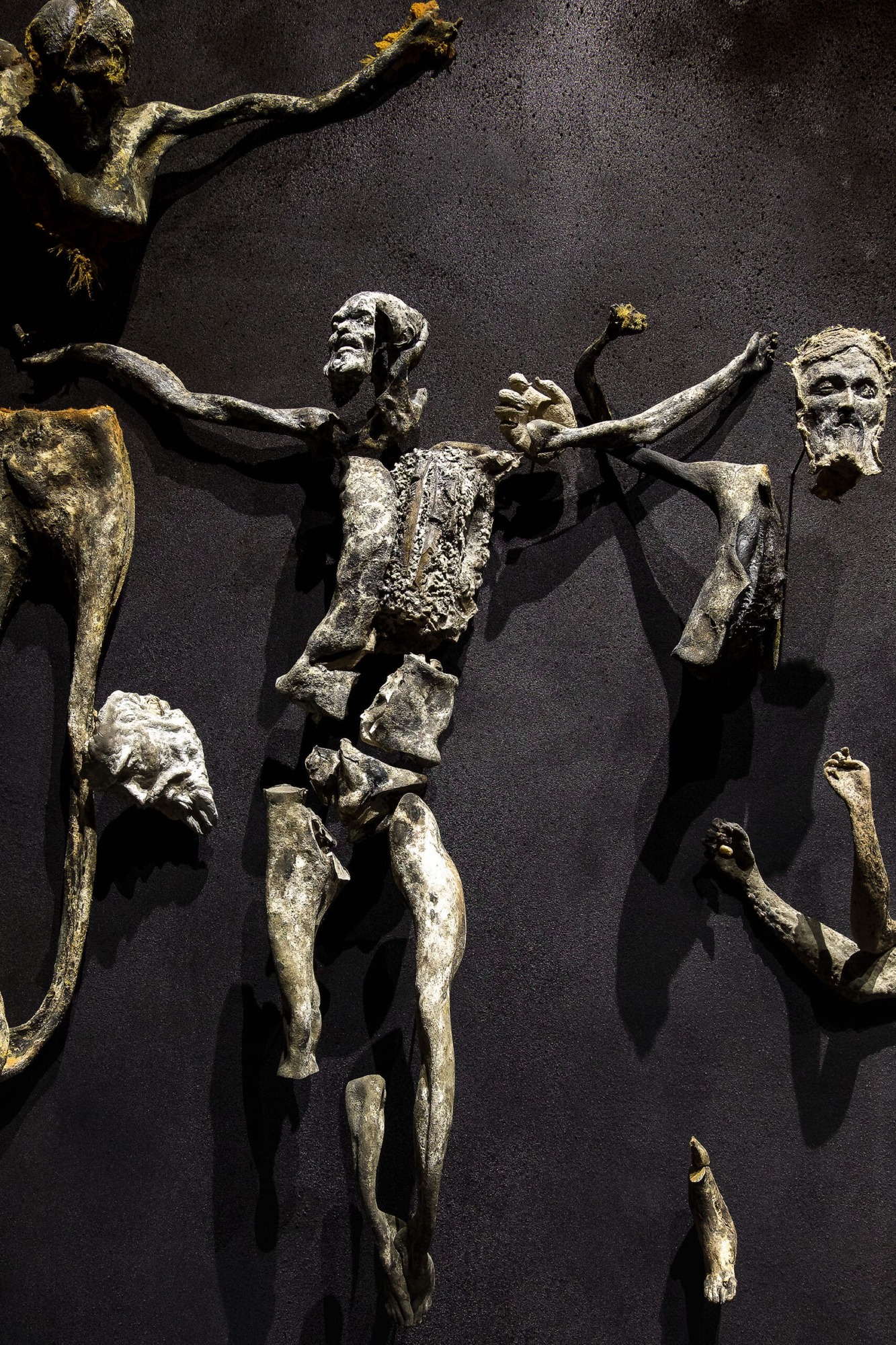
Roberto Cuoghi: Imitatio Christi, 2017 Installationsansicht / Installation view La Biennale di Venezia. Privatsammlung / Private collection © Roberto Cuoghi, Foto / Photo: Alessandra Sofia Courtesy the artist, Hauser & Wirth and Galerie Chantal Crousel
Roberto Cuoghi, who was born in Modena in 1973 and now lives in Milan, is hard to pin down asan artist. His practice encompasses almost the entire spectrum of artistic genres, taking countless guises and reflecting the artist’s preoccupation with diverse, sometimes seemingly contradictory themes and issues. These range from both conceptual and process-driven considerations in the realization of artworks to a collective pictorial memory, from pop culture to the abysses of the world. His oeuvre is so complex and labyrinthine that, at first glance, one might assume it was the product of several authors. It is precisely this aspect the exhibition at the Fridericianum explores, focusing on works from a roughly ten-year period, some newly staged in collaboration with designer matali crasset, who was born in Châlons-en-Champagne in 1965 and now lives in Paris.
The exhibition begins on the ground floor with a selection of works from Cuoghi’s Imitatio Christi series produced for the Venice Biennale in 2017. It is based on the artist’s intensive preoccupation with Christian iconography and his ongoing exploration of experimental production techniques. The mold of a gaunt, bearded man reminiscent of Western representations of Christ forms the core of these works. Using algae extract and gelatin, the artist used this mold to cast life-size figures, which were presented in tent-like structures under various climatic conditions. In just a short time, the casts were afflicted with mold and bacteria, causing their color, shape, and surface texture to undergo manifold changes. Once they had reached a certain stage, Cuoghi transferred the figures to a cooling system and then to a freeze-dryer to remove any moisture, after which they were hung on the wall at the end of the laboratory-like production line. With this highly complex installation, Cuoghi delivered an idiosyncratic interpretation of the imitatio Christi, recalling centuries-old pictorial traditions while evoking associations with science fiction films.
Šuillakku - corral version (2008–2014), presented in the central hall on the first floor, takes an entirely different point of departure. Through this immersive audio installation, which engages the spatial quality of sound, Cuoghi transports his audience to the Assyrian Empire of the seventh century BCE. Something like a lament is heard, harking back to the attack on Nineveh, the capital city of the Assyrian Empire, and its destruction. This 360-degree soundscape, which reverberates throughout the room, was created using musical instruments made by Cuoghi during a process of extensive and time-consuming research, which he then played and recorded. Through the images, ideas, and feelings evoked by the composition, Šuillakku - corral version forges a link between the past and the present, fusing different realities and touching on the recurring experiences, challenges, and catastrophes of humanity.
LAŠ (2018), installed in the two side wings adjacent to the central hall, is based on an extract from Šuillakku -corral version, which was reworked by Cuoghi using various techniques. In the exhibition spaces, LAŠ develops the quality of a large, hard-to-define roar—perhaps heralding disaster, perhaps promising hope—that lies somewhere between the mechanical, the animalistic, and the melodic. Using a sound system consisting of a multitude of components, the artist creates the impression that the sound is moving through the rooms like a rustling breeze, approaching from a great distance, only to recede in the same manner. Unlike Šuillakku -corral version,LAŠ does not occupy the spaces as a singular work. Instead, it accompanies and complements groups of sculptures in the two side wings that allude to entirely different themes.
In addition to a second group of sculptures from the Imitatio Christi series, which are being presented for the first time and staged in an exhibition architecture specially developed for the occasion by matali crasset, are works from the series Putiferio (2016–2019). These came into being in 2016 when, during preparations for an exhibition at Slaughterhouse, a project space on the Greek island of Hydra, Cuoghi discovered voluminous wasp nests on the walls of the building. The form and function of these structures inspired the idea of producing kilns in which to fire crustaceans molded in clay. In this way, imagined representatives of the vast, scarcely explored but constantly shrinking underwater world were to reach land. To this end, the artist assembled paper kilns and improvised fireplaces resembling experimental setups, in which, to mark the start of his
Slaughterhouse exhibition in June 2016, the clay sea creatures were subjected to intense heat and transformed into solid forms. Serendipitously—and unbeknownst to Cuoghi at the time—the event occurred on the first summer solstice to coincide with a full moon in almost half a century.
The ceramics of the Putiferio series are elucidated in a number of films presented in expansive installations at the end of the two side wings. The films, which document the performative production of the sculptures on Hydra, were made by different contributors, each of whom was given identical footage and tasked with providing their own interpretation of the event. The resulting films are extremely dynamic. Accompanied by distinctive audio tracks and oscillating between music and fashion videos, they allude to the mechanisms and modes of popular culture.
As the exhibition highlights, via the juxtaposition of different groups of works, Cuoghi’s practice is marked by a constant search for new subjects, complex issues, ways of working, and forms of expression. Due to its diversity, inventiveness, and intensity, it occupies a truly unique position on the international art scene and, with its continuous subversion of conventions, offers immense potential for new perspectives.
The exhibition begins on the ground floor with a selection of works from Cuoghi’s Imitatio Christi series produced for the Venice Biennale in 2017. It is based on the artist’s intensive preoccupation with Christian iconography and his ongoing exploration of experimental production techniques. The mold of a gaunt, bearded man reminiscent of Western representations of Christ forms the core of these works. Using algae extract and gelatin, the artist used this mold to cast life-size figures, which were presented in tent-like structures under various climatic conditions. In just a short time, the casts were afflicted with mold and bacteria, causing their color, shape, and surface texture to undergo manifold changes. Once they had reached a certain stage, Cuoghi transferred the figures to a cooling system and then to a freeze-dryer to remove any moisture, after which they were hung on the wall at the end of the laboratory-like production line. With this highly complex installation, Cuoghi delivered an idiosyncratic interpretation of the imitatio Christi, recalling centuries-old pictorial traditions while evoking associations with science fiction films.
Šuillakku - corral version (2008–2014), presented in the central hall on the first floor, takes an entirely different point of departure. Through this immersive audio installation, which engages the spatial quality of sound, Cuoghi transports his audience to the Assyrian Empire of the seventh century BCE. Something like a lament is heard, harking back to the attack on Nineveh, the capital city of the Assyrian Empire, and its destruction. This 360-degree soundscape, which reverberates throughout the room, was created using musical instruments made by Cuoghi during a process of extensive and time-consuming research, which he then played and recorded. Through the images, ideas, and feelings evoked by the composition, Šuillakku - corral version forges a link between the past and the present, fusing different realities and touching on the recurring experiences, challenges, and catastrophes of humanity.
LAŠ (2018), installed in the two side wings adjacent to the central hall, is based on an extract from Šuillakku -corral version, which was reworked by Cuoghi using various techniques. In the exhibition spaces, LAŠ develops the quality of a large, hard-to-define roar—perhaps heralding disaster, perhaps promising hope—that lies somewhere between the mechanical, the animalistic, and the melodic. Using a sound system consisting of a multitude of components, the artist creates the impression that the sound is moving through the rooms like a rustling breeze, approaching from a great distance, only to recede in the same manner. Unlike Šuillakku -corral version,LAŠ does not occupy the spaces as a singular work. Instead, it accompanies and complements groups of sculptures in the two side wings that allude to entirely different themes.
In addition to a second group of sculptures from the Imitatio Christi series, which are being presented for the first time and staged in an exhibition architecture specially developed for the occasion by matali crasset, are works from the series Putiferio (2016–2019). These came into being in 2016 when, during preparations for an exhibition at Slaughterhouse, a project space on the Greek island of Hydra, Cuoghi discovered voluminous wasp nests on the walls of the building. The form and function of these structures inspired the idea of producing kilns in which to fire crustaceans molded in clay. In this way, imagined representatives of the vast, scarcely explored but constantly shrinking underwater world were to reach land. To this end, the artist assembled paper kilns and improvised fireplaces resembling experimental setups, in which, to mark the start of his
Slaughterhouse exhibition in June 2016, the clay sea creatures were subjected to intense heat and transformed into solid forms. Serendipitously—and unbeknownst to Cuoghi at the time—the event occurred on the first summer solstice to coincide with a full moon in almost half a century.
The ceramics of the Putiferio series are elucidated in a number of films presented in expansive installations at the end of the two side wings. The films, which document the performative production of the sculptures on Hydra, were made by different contributors, each of whom was given identical footage and tasked with providing their own interpretation of the event. The resulting films are extremely dynamic. Accompanied by distinctive audio tracks and oscillating between music and fashion videos, they allude to the mechanisms and modes of popular culture.
As the exhibition highlights, via the juxtaposition of different groups of works, Cuoghi’s practice is marked by a constant search for new subjects, complex issues, ways of working, and forms of expression. Due to its diversity, inventiveness, and intensity, it occupies a truly unique position on the international art scene and, with its continuous subversion of conventions, offers immense potential for new perspectives.
